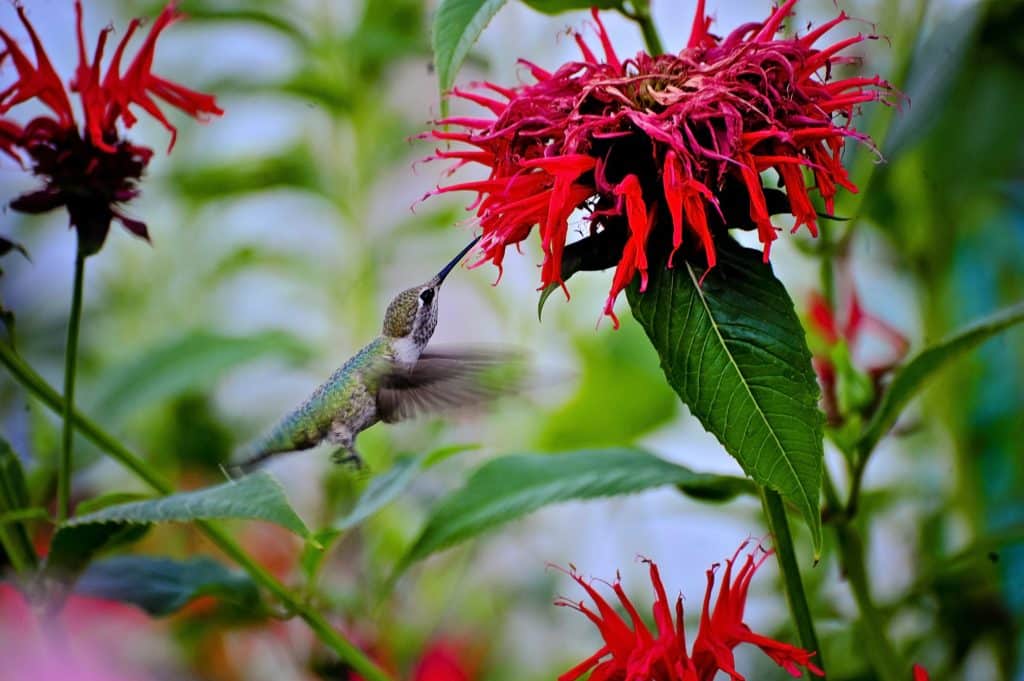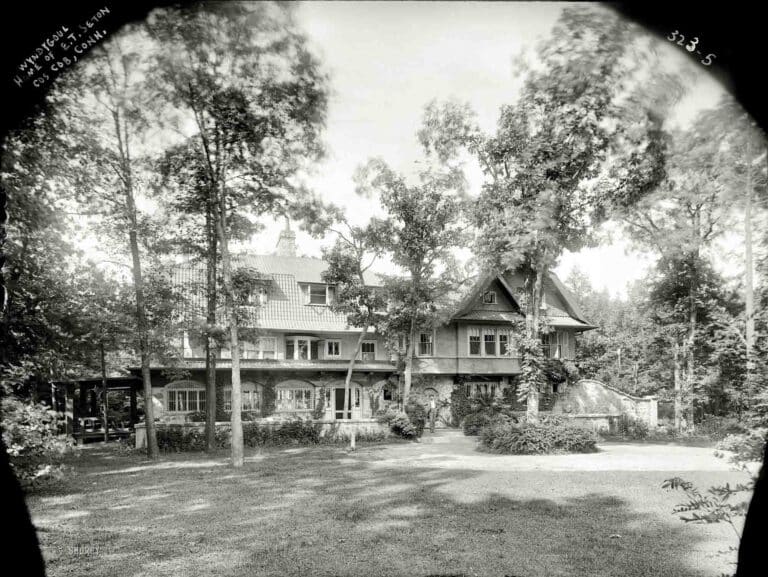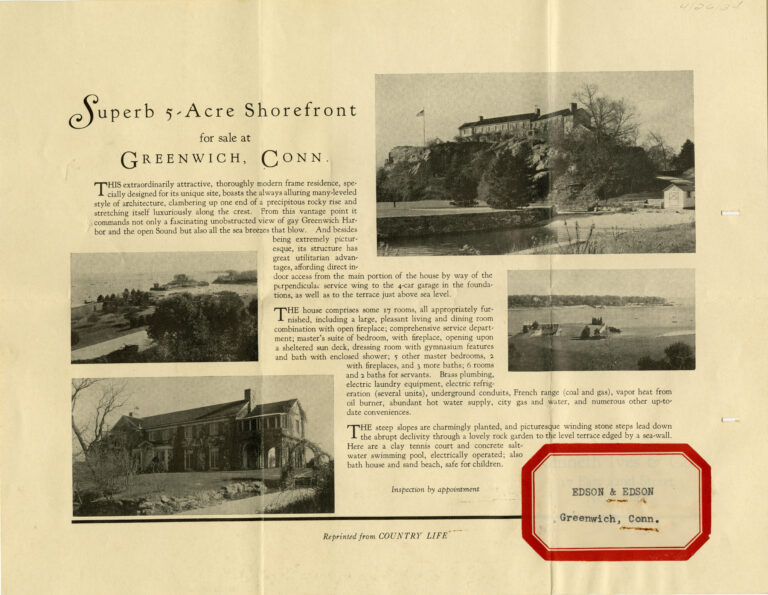
Pollinators are insects (such as butterflies, bees and beetles), animals (such as bats and geckos) and birds (such as hummingbirds and honeyeaters) that bring pollen from one plant to another. This enables plants to create seeds. Just under 90% of all flowering plants rely on pollinators to reproduce, including most plants in our forests, gardens and farms.
Unfortunately, the world’s pollinators are in danger. Due to pesticides and loss of habitat, the population of pollinators around the world is declining. Here in the United States, the number of butterflies has dropped 25% in the last 20 years. Over 50% of bee species are in decline. Some species of hummingbirds have decreased by over 60%. And many of our pollinator bat species are on the endangered species list.
While it may feel like these are issues too big for an individual to face, we each can make an impact and together make a difference. This is where pollinator gardens come in. By creating a pollinator garden, you are providing pollinators with food and shelter, helping to preserve their existence for years to come.

If you would like to see what a pollinator garden looks like, you can visit the Greenwich Historical Society. The gardens on site are all based on the gardens planted by the Holley family and painted by the artists of the Cos Cob art colony. They also all happen to be pollinator gardens.
How to Make a Pollinator Garden
Step 1. Less grass, more flowers
Flowers are flood for butterflies, bees, and birds. Grass is not. By planting more flowers, leafy greens, and bushes, you are providing more food for wildlife.
Step 2. Diversity is key
Different insects and birds have different diets. Having a variety of plants that include bushes, berries, flowers, trees and leafy greens will help ensure that everyone has something to eat all year round.
Step 3. Remember your native plants
Many insects and animals have unique relationships with local plants that cannot be replicated, thanks to centuries of co-evolution. For example, monarch caterpillars only eat milkweed, black swallowtail caterpillars eat only plants in the parsley family, and spicebush swallowtail caterpillars only eat spicebushes. When planning your garden, be sure to include species native to Connecticut to support the local wildlife.
Step 4. Allow for messiness
Gardening is not always pretty, and that’s okay! During the growing months, caterpillars will munch on leaves, leaving holes and crinkled edges. That’s a good thing! It means that the plants are successfully feeding our pollinators.
When the summer is over and the leaves are falling, don’t clear them all away. A layer of leaves creates an insulating level in your garden that provides winter homes for insects, especially solitary bees. It also helps protect the roots of your flowers from frost so they come back strong and healthy next spring. Allow the leaves to remain until April, when the frosts are done for the year. This will help you have a healthier garden.
Step 5. Avoid pesticides and weed killers
This is the most important step in a pollinator garden. The same chemicals used to get rid of unwanted insects and plants harm the ones we are trying to protect. After loss of habitat, the use of pesticides and insecticides is the biggest threat to helpful pollinators. By eliminating these chemicals, you can make a big difference.
Now that you have guidelines, go grow a pollinator garden of your own !





